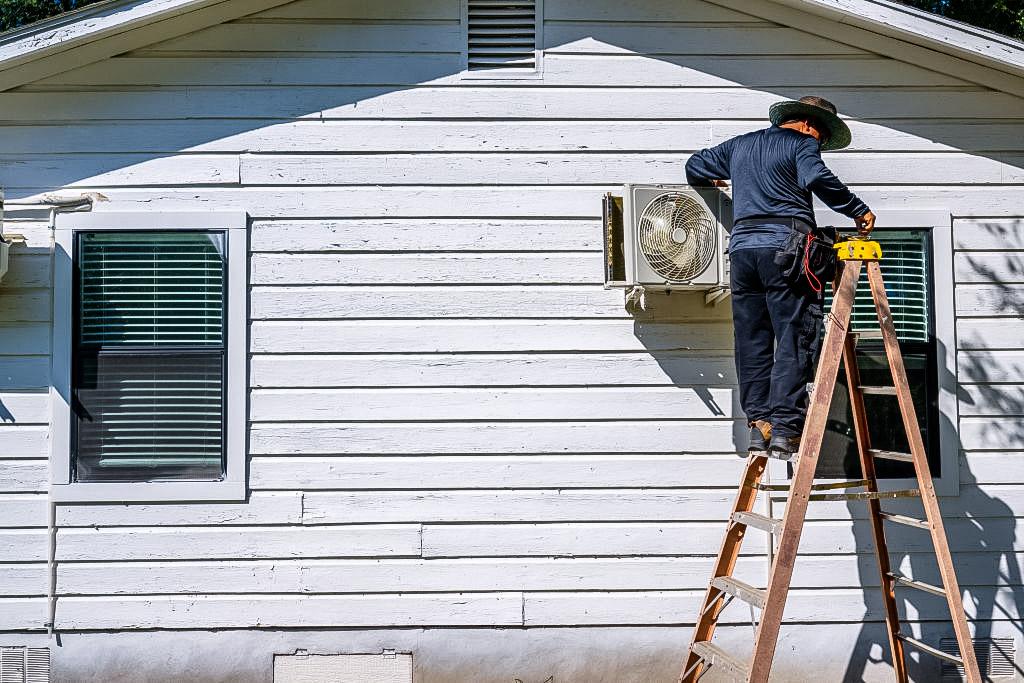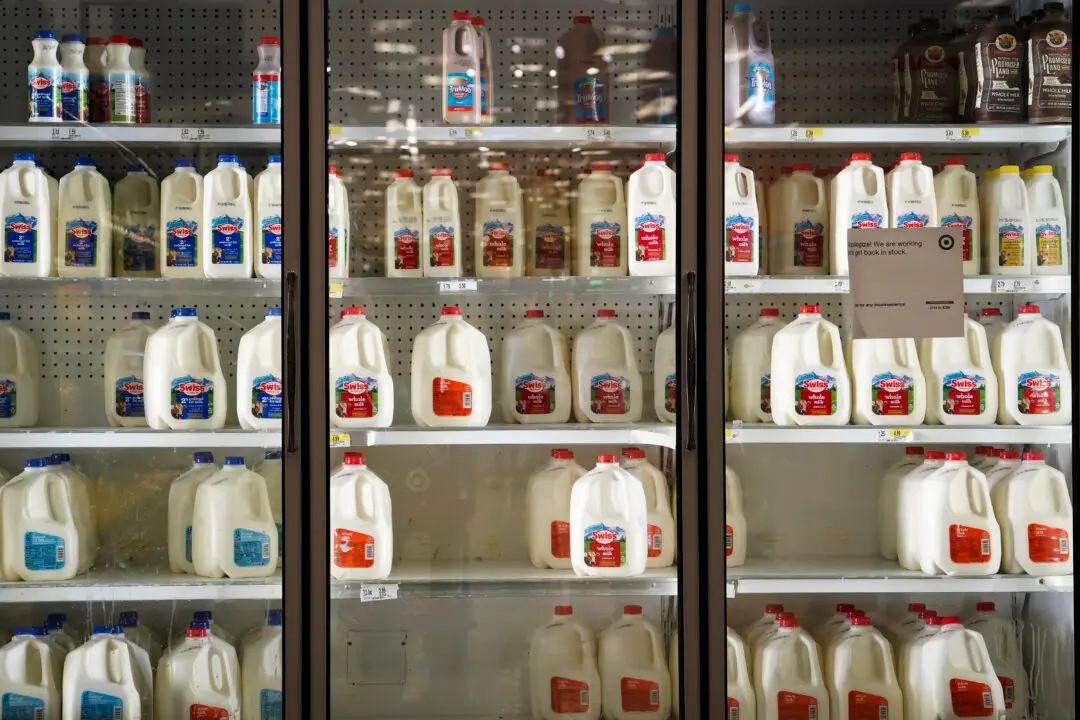American citizens likely will pay more in cooling costs this summer, with the Mid-Atlantic and Pacific regions seeing over 12 percent jump in related expenses, according to a joint report by the National Energy Assistance Directors Association (NEADA) and the Center for Energy Poverty, and Climate (CEPC).
“Home energy is becoming increasingly unaffordable for low-income families,” said the June 3 report. “The financial burden to families of keeping cool this summer will increase by 7.9 percent across the nation to an average of $719 from June through September, up from $661 during the same period last year.” In 2020, prior to the Biden administration coming to power, the average summer electric bill was $556. The 2024 bill indicates a nearly 30 percent jump from 2020.





